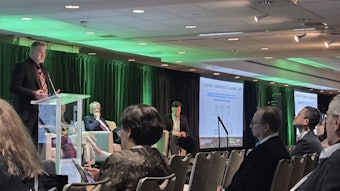
Skin aging is a complex process, controlled by both genetic determination (chronologic aging) and the influence of modifications resulting from external factors (extrinsic aging). Intrinsic or chronologic aging is genetically programmed. It is a progressive phenomenon that occurs with a variable rapidity depending on the individual. It affects the skin in the same way it affects other organs. Environmental aging is superimposed over chronologic aging, primarily in skin areas chronically exposed to the sun.
Skin aging results in a number of modifications to both cells and tissues. A number of studies have shown the reduced proliferation capacity of keratinocytes and fibroblasts resulting from the aging process. In addition, the synthetic capacities of cultured fibroblasts decrease—old fibroblasts synthesize smaller quantities of collagen I and III than young fibroblasts. Skin aging thus results in a general reduction of cell metabolism and protein synthesis capacities.
All these variations in the biology of the dermis and epidermis are shown by a visible change in the surface appearance of the skin. It is less firm and less elastic and wrinkles appear, initially around the eyes and on the face.
Retinoids, in particular retinoic acid, have been shown to be very effective for limiting aging. The use of retinoids as topical applications improves the characteristics of old skin with lines and wrinkles, as well as skin texture and color. A signifi cant improvement in general appearance, as well a dose-dependent effect that increases with the duration of treatment, have been observed.1 The use of retinoids, however, sometimes causes irritating side effects.










